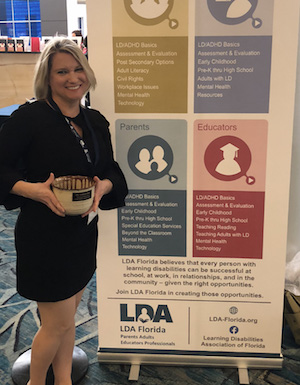Not-So-Distant Learning, Bringing Students Together Even When Apart
Opinion Piece by GSEP Ph.D. Scholar Toby Tomlinson Baker- PennLive
 As teachers around the nation have transformed their classrooms to distance learning
virtual classrooms, there are many questions to be addressed; the most pressing concern:
how to fully engage students during online learning sessions through platforms such
as Zoom. The question for school districts is are students really learning the material
being presented in their virtual classroom?
As teachers around the nation have transformed their classrooms to distance learning
virtual classrooms, there are many questions to be addressed; the most pressing concern:
how to fully engage students during online learning sessions through platforms such
as Zoom. The question for school districts is are students really learning the material
being presented in their virtual classroom?
Every reader has most likely been invited to numerous Zoom sessions within the past three months. Zoom is a video communications system used for conferencing, having webinars, and chatting. Its use has accelerated like a rocket ship during COVID-19. If you have been using Zoom, you probably stare at your own reflection rather than listening to the speaker. You should know you can turn off your camera. Nobody can see you, which makes it easier to stay in your pajamas during a virtual session, and it is easier to disappear from a lesson. Using the call-in phone number can keep you totally involved but not on display! If you’re on the screen you better look interested in what’s being said!
Teachers, like me, have addressed student accountability and engagement, which has been raised at the school site level, district level, and all the way to the Department of Education. Is simply logging on “learning?” What’s more, families may be lacking school supplies at home, including computers and hotspots which impacts student activity.
For the past couple months, parents have had to juggle the demands of being a parent, caregiver, and now, teachers! Not all families have equal access to computer technology and resources needed to access their teacher’s Zoom sessions. Do they have enough bandwidth? What is bandwidth? Bandwidth has now become a household word.
Not all students enjoy participating in their teacher’s virtual classroom. To motivate their children, parents may want to set up an informal Zoom session prior to the start of school with family members or friends, just to show that Zoom is a tool for communication. If the child sees that Zoom is a positive communication tool, rather than a mandatory requirement, it is likely to increase their interest and motivation in using it on a regular basis.
Students can benefit from virtual learning communities such as virtual classroom settings. Teachers can increase student choices in online activities, rather than assigning one activity to all students. As a special educator, in my Thursday Zoom sessions, I give my third-grade students the opportunity to discuss and plan their own activities. When both the teacher and the students plan lessons together, students’ motivation increases. Why not have students collaborate on a project to share online? Perhaps students can create videos to share with other students in other schools online, as they do in the STEM club, IC4, the International Community for Collaborative Content Creation.
Not surprisingly, collaborative virtual classroom settings increase students’ learning of academic content. This will relieve teachers of lecturing throughout the entire virtual class and allow them to evaluate authentic student learning. Teachers can incorporate hands-on activities, particularly with science, technology, music, and art projects. Collaborative virtual class settings provide opportunities for students to develop problem-solving skills, spark students’ creativity, and foster innovation.
Technology has allowed us to connect during this pandemic, and it will continue to benefit society, school districts, families, and students. Although there have been obstacles, like logging on and having enough bandwidth to leave on your camera, we are working through these challenges and supporting each other. Even though we are apart, technology is actually bringing more students, families, and communities together.
*This opinion piece was originally published on PennLive.